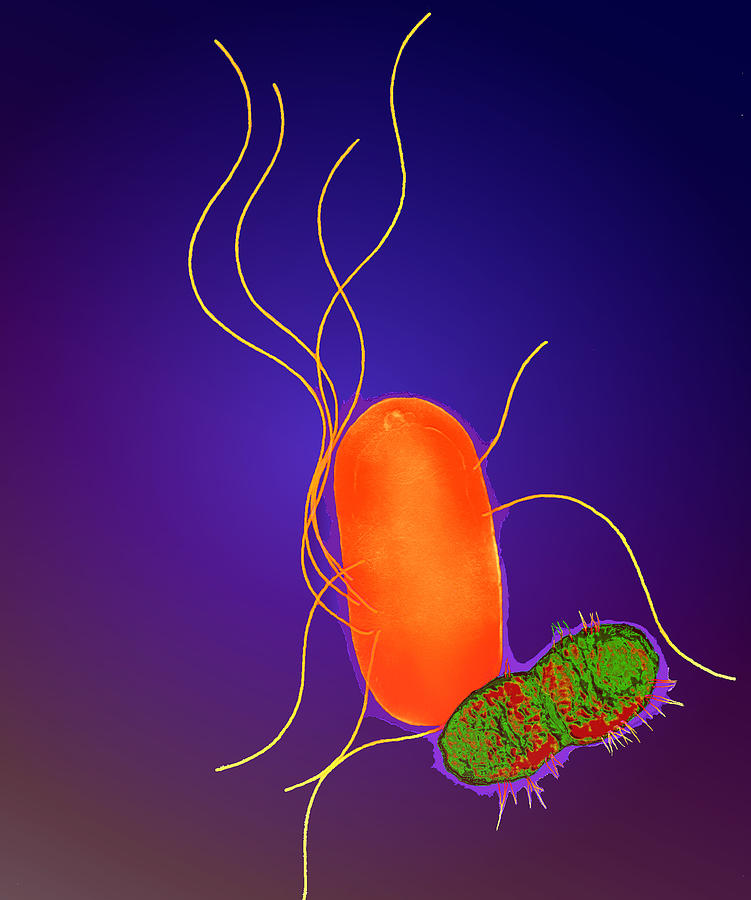

Carbapenems and piperacillin/tazobactam for the treatment of bacteremia caused by extended-spectrum ß-lactamase-producing Proteus mirabilis. Tsai HY, Chen YH, Tang HJ, Huang CC, Liao CH, Chu FY, et al. Phenotypic and molecular characterization of plasmid mediated AmpC ß-lactamases among Escherichia coli, Klebsiella spp., and Proteus mirabilis isolated from urinary tract infections in Egyptian hospitals.

Antimicrobial susceptibilities of Proteus mirabilis: a longitudinal nationwide study from the Taiwan surveillance of antimicrobial resistance (TSAR) program. Wang JT, Chen PC, Chang SC, Shiau YR, Wang HY, Lai JF, et al. First report of the emergence of CTX-M-type extended-spectrum beta-lactamases (ESBLs) as the predominant ESBL isolated in a U.S. Lewis JS 2nd, Herrera M, Wickes B, Patterson JE, Jorgensen JH. Spread of multidrug-resistant Proteus mirabilis isolates producing an AmpC-type beta-lactamase: epidemiology and clinical management. Luzzaro F, Brigante G, D'Andrea MM, Pini B, Giani T, Mantengoli E, et al. However, Proteus species are not the most common cause of nosocomial infections. Infection primarily occurs from these reservoirs.
Prodeus infection skin#
In hospital settings, it is not unusual for gram-negative bacilli to colonize both the skin and oral mucosa of both patients and hospital personnel. Proteus is also found in multiple environmental habitats, including long-term care facilities and hospitals. Proteus species are most commonly found in the human intestinal tract as part of normal human intestinal flora, along with Escherichia coli and Klebsiella species, of which E coli is the predominant resident. Proteus organisms are implicated as serious causes of infections in humans, along with Escherichia, Klebsiella, Enterobacter, and Serratia species. P mirabilis and P vulgaris account for most clinical Proteus isolates. The genus is currently composed of Proteus mirabilis, Proteus vulgaris, Proteus penneri, Proteus hauseri, Proteus terrae, and Proteus cibarius. The first isolates were reported and characterized by Hauser in the late 19th century. Proteus species are part of the Enterobacteriaceae family of gram-negative bacilli.


 0 kommentar(er)
0 kommentar(er)
